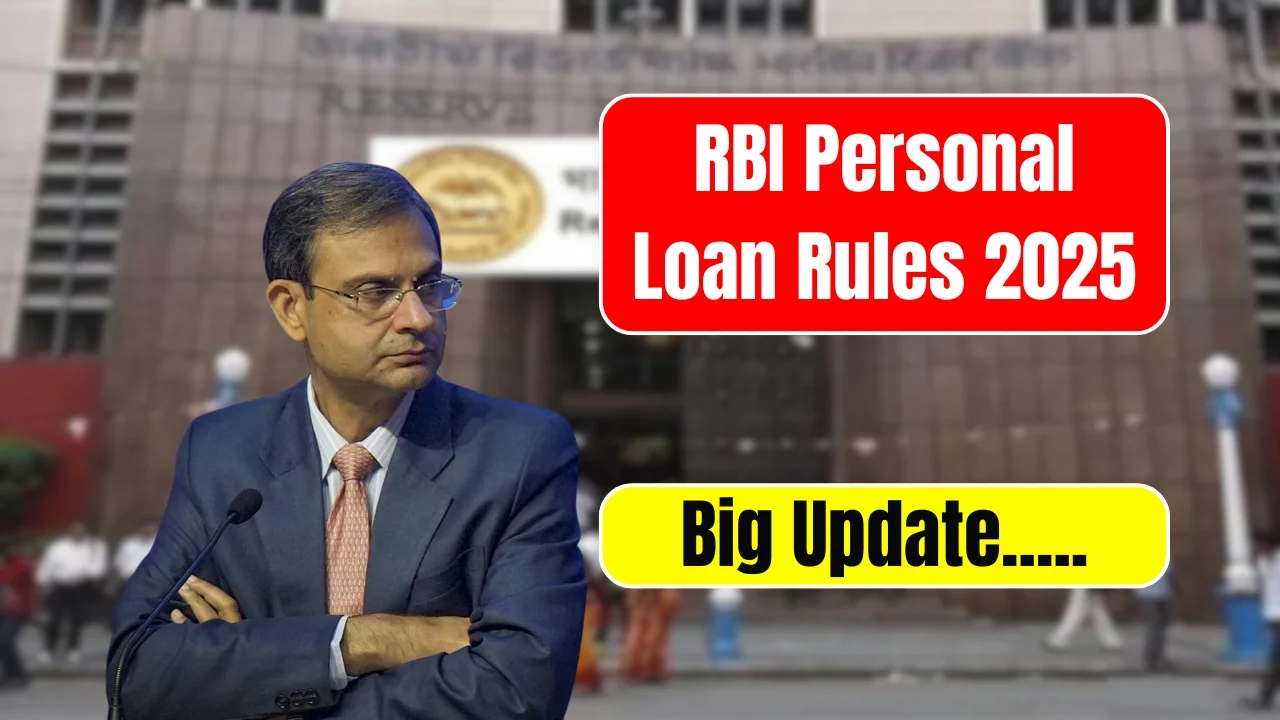The Reserve Bank of India (RBI) has proposed new rules for personal loans that could significantly benefit borrowers. A draft circular released in February 2025 focuses on reducing or removing prepayment charges, especially for floating-rate personal loans. If finalized, these rules could offer more flexibility to those looking to close their loans early.
Floating-Rate Loans Could Be Free from Charges
One of the key proposals is to remove foreclosure charges for floating-rate personal loans taken by individuals or Micro and Small Enterprises (MSEs). This applies to loans up to ₹7.5 crore, provided they are used for non-business purposes.
Borrowers wouldn’t have to wait for a lock-in period before repaying their loans early. Also, if a lender did not mention foreclosure charges at the start, they cannot add them later.
Fixed-Rate Loans Still Have Penalties
The relief does not apply to fixed-rate loans. Borrowers with such loans may still have to pay prepayment penalties, which usually range from 2% to 6% of the outstanding amount.
Some lenders like Fibe waive these charges, but most still impose them. So, the benefit of the new RBI personal loan rules may depend on the type of loan you’ve taken.
What Lenders Are Already Doing
Lenders have started adjusting their policies. HDFC Bank, for example, renamed prepayment charges to “premature closure charges” and allows borrowers to prepay up to 25% of the principal after the first EMI.
Charges depend on how long the loan has been active—4% if closed between 13–24 months, 3% between 25–36 months, and 2% after that. ICICI Bank charges 3% for early closure but waives this fee after 12 EMIs.
Full Disclosure Through Key Fact Statement
The draft also proposes mandatory disclosure of all charges through a Key Fact Statement (KFS). Borrowers must receive this document before the loan is disbursed, and it should clearly list all fees, including prepayment terms.
This move ensures borrowers know what they’re signing up for and helps them avoid hidden charges.
When Will the Rules Be Final?
The RBI has invited feedback on these proposed rules until March 21, 2025. After reviewing inputs, the final guidelines will be released. Until then, current regulations—like the ban on hidden fees—remain in force.
How to Estimate Prepayment Costs
If you’re thinking about prepaying your loan, it’s important to understand the cost and savings. You can use online calculators from Urban Money, KreditBee, or Bajaj Finserv. These tools help you compare your current EMIs and interest with revised figures after prepayment.
You can also calculate manually by checking your outstanding loan, applicable penalty, and interest savings. For example, if you prepay ₹1 lakh with a 3% penalty, you pay ₹3,000 as a fee. Subtract that from the total interest you would save to decide if it’s worth it.
A Step Toward Borrower-Friendly Lending
The new RBI personal loan rules are clearly designed with the borrower in mind. Floating-rate loan holders stand to benefit the most, as they might soon be able to prepay without penalties. Fixed-rate borrowers, however, will still need to check their lender’s terms.
If these draft rules are finalized, they could encourage more transparent lending and reduce the overall burden on borrowers. It’s a positive step that could reshape how personal loans are managed in India.
